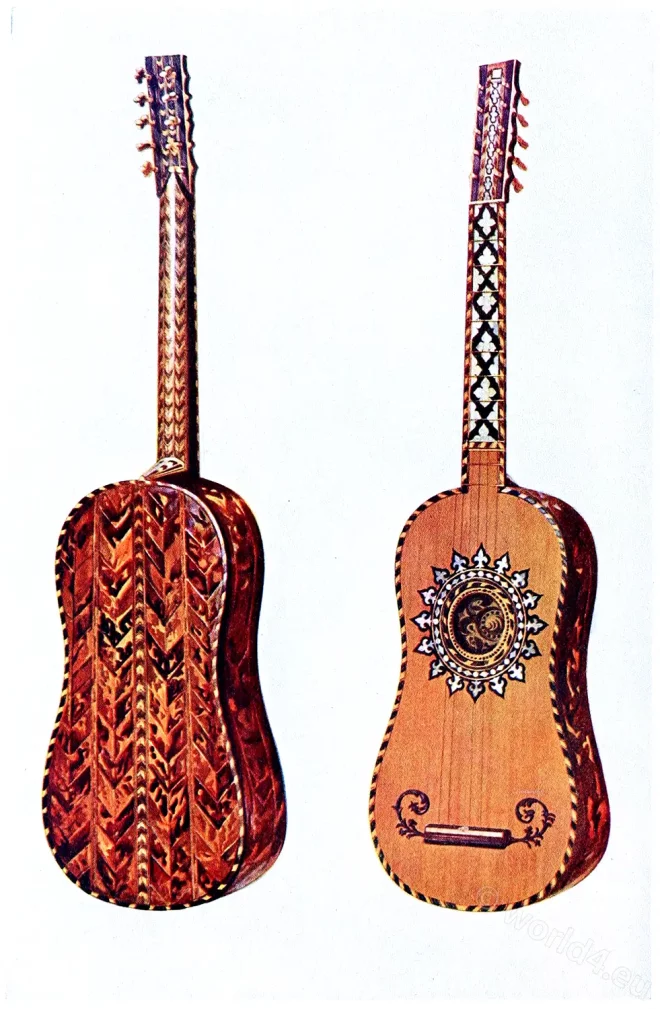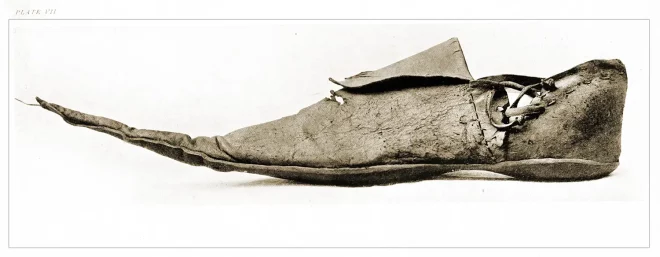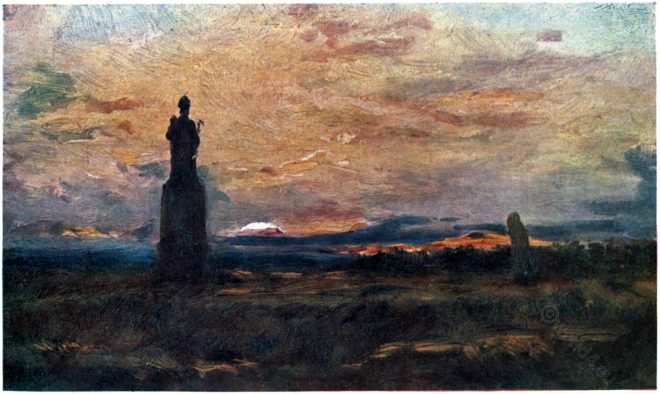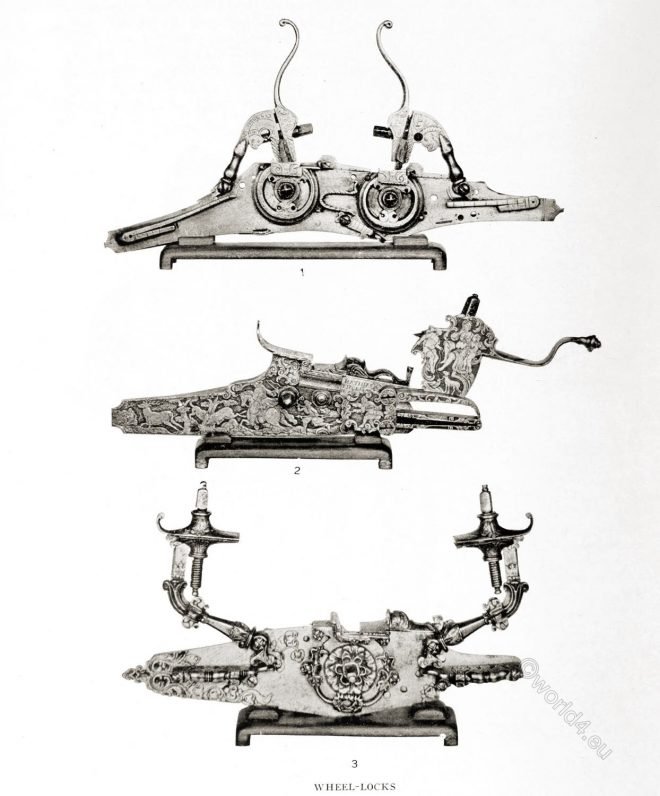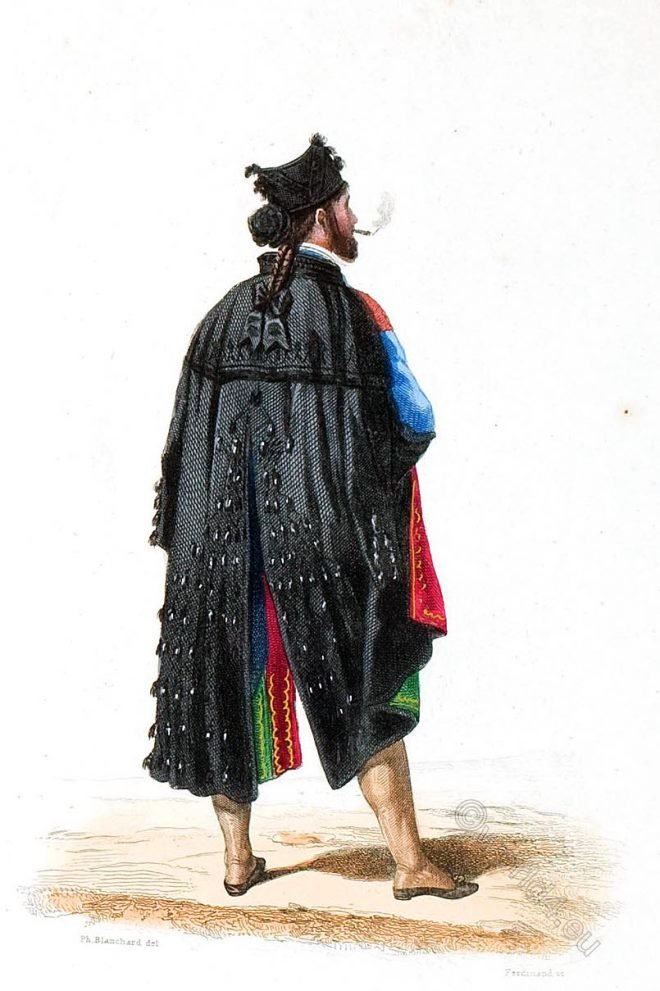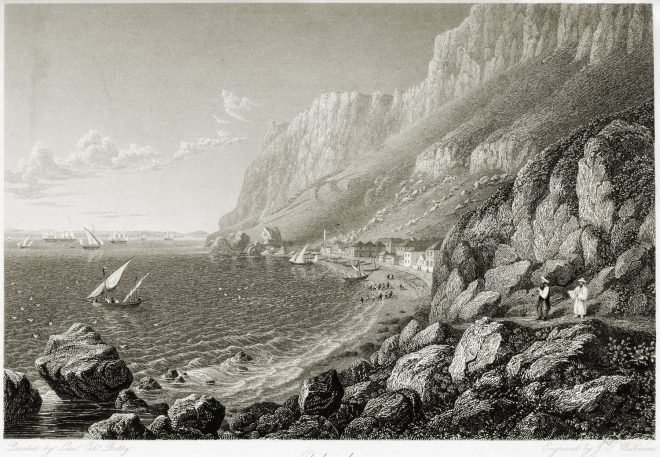Jewellery pendant of Charles V. This jewel exhibits a mass of precious stones. Renaissance craftsmanship
Category: Spain
The Guitar of David Rizzio.
The Spanish guitar of David Rizzio.
La Gomera. The Canary Islands.
The favourite anchorage of Christopher Columbus on his voyages of discovery.
Leather Beaked Shoe, Poulaines or Crakows of the 15th century.
Royal and historic gloves and shoes. The Crackow was found in an ancient house in Toledo.
Monasteries and Cloisters as Centres of learning and Culture.
The history of monasticism reveals the fact that In every field of thought and activity this institution wrought good and evil.
Specimens of wheel-locks, gun-locks of 16th, 17th, and 18th century.
European Hand Firearms of the Sixteenth Seventeenth and Eighteenth Centuries, by Herbert J. Jackson.
Torero before the race. Andalusia. Folklore Costume.
Torero avant la course. Andalusia. Folklore Costume. 1842. Musée cosmopolite. (Musée de costumes)
Hunting Knife and sheath by Eusebio Zuloaga. Spanish metalworker.
Eusebio Zuloaga, gunmaker to the Spanish monarchs, keeper of the Royal Armory in Madrid, and the most famous Spanish metalworker of the mid-nineteenth century.
Maltese and Spanish lace. Silk and gold thread embroidery on black lace.
Illustrations of Maltese and Spanish lace. Flounce of embroidered lace. Example of silk and gold thread embroidery on black lace.
Gibraltar. View on Catalan Bay. Located on the east side of the Rock.
Catalan Bay originated as a fishing village. Located on the east side of the Rock of Gibraltar.


